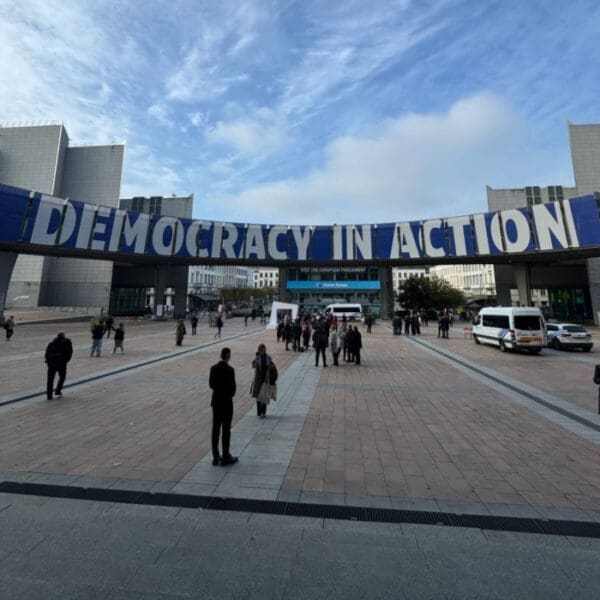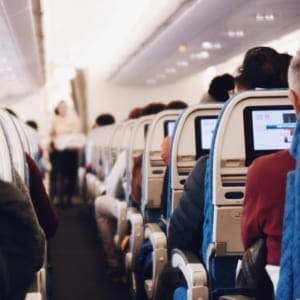The Lamination Principle
Lamination is the technique of manufacturing a product using multiple layers of materials for improved strength, stability and other benefits. As an example, glued laminated timber is commonly used. The laminating process allows timber to be used for heavier loads, and longer spans.
The Lamination Principle applied to security in the travel industry is a proactive quality management process that first identifies vulnerabilities then strengthens security by adding strategic layers of security that correct these weaknesses and so effectively combat emerging threats and mitigating increasing risks to ensure the safety of guests and staff.
Increased risks along the entire travel chain are on everyone’s minds these days. And for good reason!
For instance, many big and medium sized companies have legitimate and growing concerns for the safety of their employees who periodically travel interstate and overseas on business. Corporates understand they have a duty of care that extends to the safety and security of their employees who travel and work abroad.
Constant dynamic political upheaval, increasing lawlessness in various countries and cities, the expanding reach of terrorism with its little regard for human life, and lone-wolf attacks mean travel mitigation policies need to be constantly reviewed and vulnerability assessed. These reviews include assessing hotels to determine if they are safe havens for their employees. Tourists are also concerned for their own safety no matter what means of travel they use. All travellers are increasingly concerned whether security standards in hotels today are sufficient to combat these modern, high tech threats.
Facing risks in the past
Throughout history those who travelled often risked life and limb. Threats were real. The risks were sometimes extremely high in certain areas. Negotiating the highways and byways or travelling by sea was sometimes just as nerve racking as travelling in certain countries or cities can be today.
For instance, you were taking a risk by travelling through the forest of Nottingham in the middle ages. Travelling by train or horse-drawn carriage in the Wild West could be a dangerous venture. Outlaws would hold up stage coaches and trains. Gold and cash shipments were stolen. Passengers were robbed of their money and jewellery. The risk of getting shot by a trigger-happy outlaw was always there. After a dusty and tense trip, there was also the challenge for weary travellers to find safe lodgings for the night.
After World War II, air travel became more popular. Travelling became more convenient and safer, at least for a while until the first terrorists began to hijack commercial planes in the 1970s.
Pick-pocketing, robberies, and fraud have always happened to foreigners in hotels. Travelling overseas brought new travel risks such as epidemics and diseases.
As time went on every point along the travel chain slowly learned (or were forced) to upgrade security to deal with these risks and to ensure better safety of travellers. The traditional luxury colonial hotels in Asia, Africa and Latin America were good examples of safe havens for travellers. In time, hotels installed in-room safes, CCTV cameras and electronic door locks to mitigate the risks and increase customer safety and satisfaction. And travellers learned to help themselves. They were vaccinated before heading to exotic places. They brought along their own first aid kits. They learned to keep a lower profile and not stand out in the crowd.
Facing rising risks today
Risks associated with travel continue today. That has not changed. What has changed is the potential for mass killings.
The complexity of crime, the way of communication and the weapons used have changed over recent years. Technology has developed weapons and devices that can do much harm in the hands of criminals and terrorists. Also they now have the means to tap into communications and steal information and people’s personal details.
Today, terrorism and cyber crime are on a much grander scale than all the other travel risks faced in the past put together. The complexity of crime, the way of communication and the weapons used have spawned a raft of new risks. A new era began in the 1990’s. Terror attacks involving tourists really started in the year 1996. Many tourists lost their lives in a devastating gun-shooting in a temple in Luxor, Egypt. Terrorists soon discovered hotels were soft targets and we have been dealing with attacks on hotels for some years now.
Urgent security upgrade
In response to terrorism, security has generally been upgraded along the travel chain as lessons are learned. Airports have stepped up security with passenger and luggage checks. Airports are more heavily guarded. Planes are becoming more difficult to takeover. Train stations are paid more attention by security forces and so on.
Today Corporate Security is becoming more heavily involved in analysing how to prepare workers for safe travel. This includes equipping them with trauma kits, travel safety advises and security training that covers scenarios they may experience. This training provides crisis management including dealing with terror attacks, gun-shootings, first aid, kidnapping, communication in a crisis and general travel risk mitigation strategies.
But why are some hotel companies still operating under the Threat Condition Policies developed about 15 years ago after the 9/11 attacks? Some hotels still use the same antiquated policies when the risk profile has actually changed. In all too many cases policies have never been amended to meet the current global risks. For instance, the policy of putting a guard outside the main door will not stop a terrorist today.
The hotel industry is in the ideal position today to create safe havens for travellers. Hotels can be little sanctuaries where travellers can chill out, relax and not worry about their safety.
But it is not enough to simply have an ordinary first aid kit, a safe in the bedroom, or a CCTV system without intervention and think all is well. More is needed. In many cases it will mean adding layers of effective security to keep guests safe and if hotels are to be transformed into hard targets.
The following measures should be considered to upgrade hotel security:
- Corporates now expect to find Trauma Kits in every hotel (heavy duty first aid kits for gunshot wounds and severe burns and injuries after an explosion). Taking this further, every traveller should have a Trauma Kit in their luggage. In time, the average traveller will learn of the superiority of Trauma Kits over the traditional First Aid Kit and would be wise to purchase one.
- The expectation now includes protecting windows from shattering after an explosion. This can be easily solved by upgrading windows with an anti-shatter protection film. The front windows of a hotel should protect people, not leave them open to harm.
- We must also understand that today we are dealing with an abstract threat to our way of life and that it is difficult to see the risk actually coming until we are directly confronted with it. This is a challenge and it requires we understand criminal minds and learn how to respond. We should take every opportunity to equip ourselves with this knowledge. The life it saves could be our own.
- Regular security self-auditing can be an effective start for hotels. With management backing this action, risks and costs will be reduced. Correcting vulnerabilities will reassure hotel guests and build guest loyalty.
- When hotel security becomes part of quality management, then the necessary improvements are more likely to be made.
- Management and staff should be trained in security awareness.
- The profile of the Manager on Duty is already changing. M.O.D.’s require specialised crisis management training that covers the global risks of today.
- Long term planning: When designing new hotels, a well thought-through hotel strategic security design should be considered to make it easier to keep the hotel building secure and to better ensure the safety of guests and staff.

















